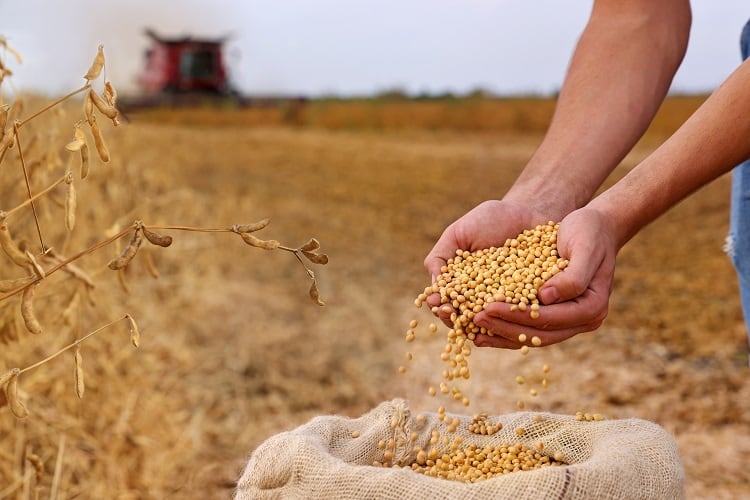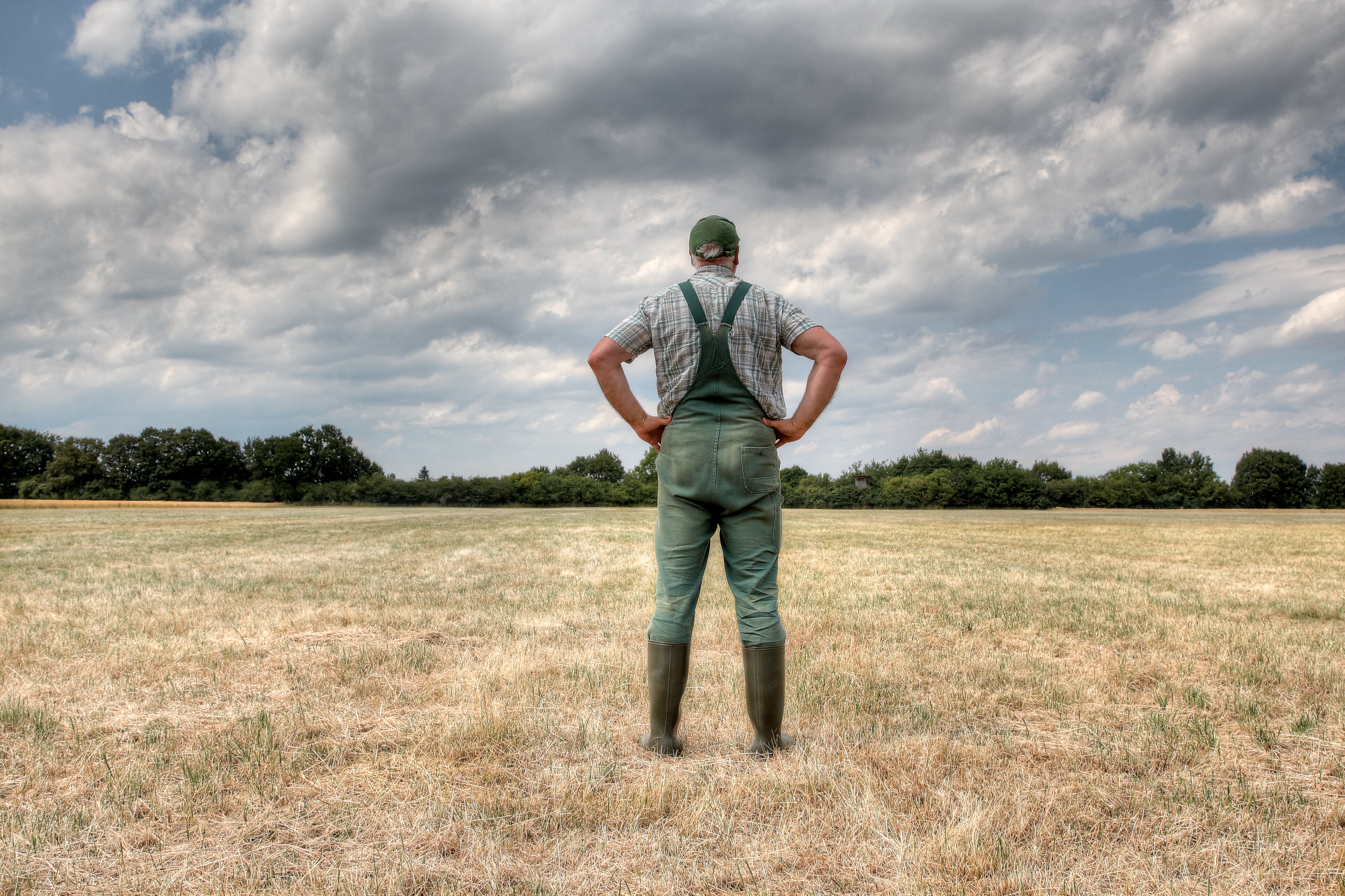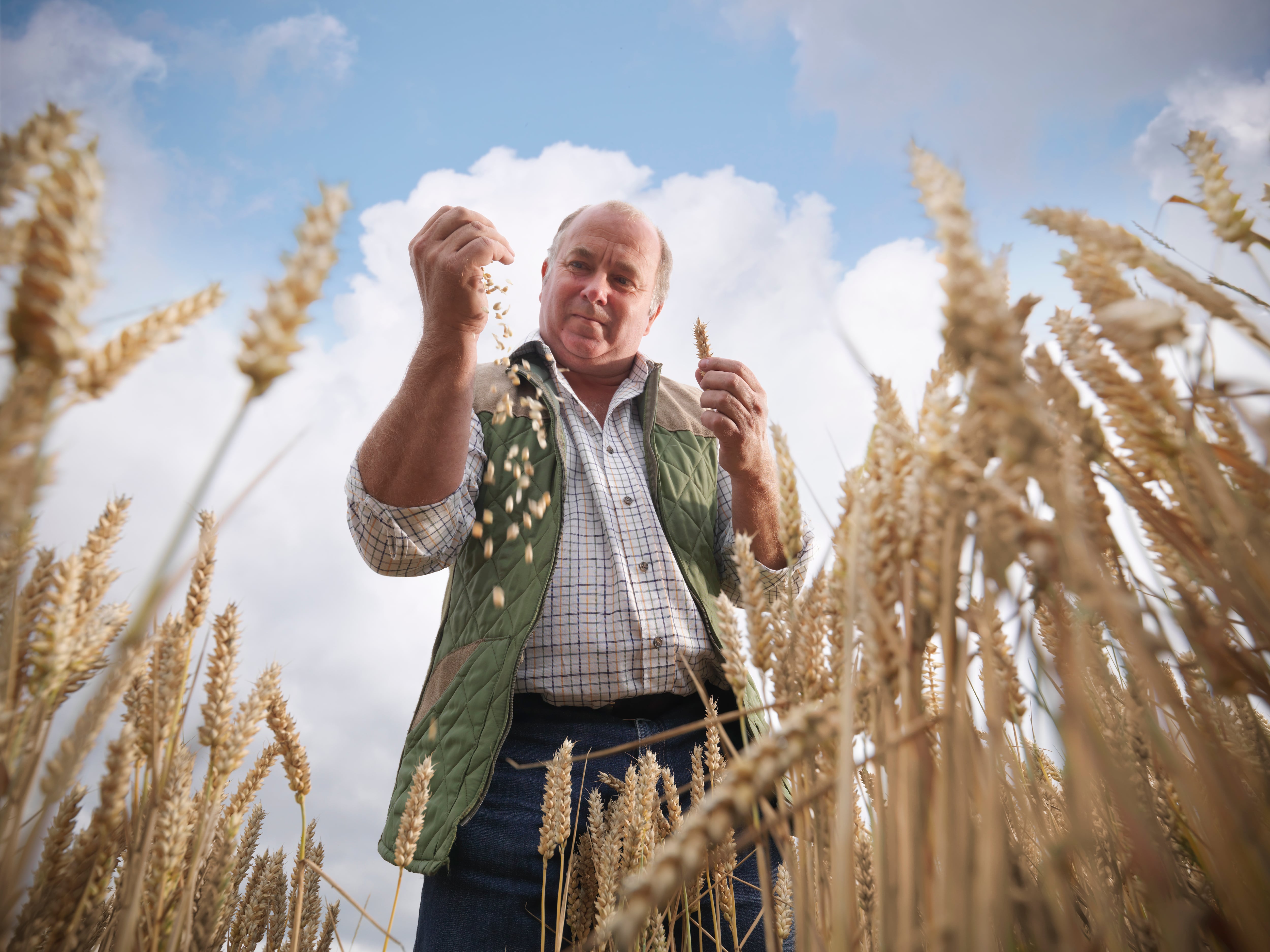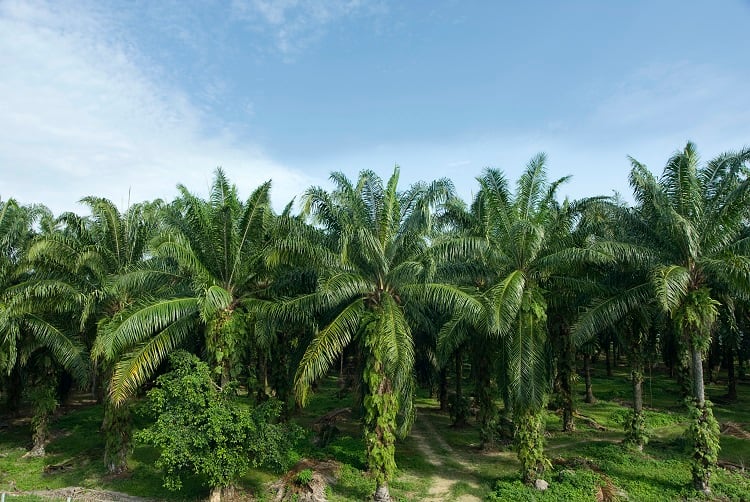The EU’s recent ‘Vision for Food and Agriculture,’ released last week, put forward the possibility of bans on products not made to EU standards, for example importing crops grown using banned pesticides.
An early target for such bans could be on soy beans grown in the US, some reports suggest.
These bans would be, ostensibly, to protect EU farmers from being undercut by cheaper produce. But how significant would the benefits really be?
Short-term impacts of bans
In the short term, such bans could cause significant market turbulence. This is because the EU imports a substantial amount of its soy – 16% – from the US, says Susanne Fromwald, general secretary and international project lead of the organisation Donau Soja.
US soy imports have grown by around 3.18% year-on-year in the 2023/2024 season, explains Roxanne Nikoro, market analyst at Expana Markets, citing data from the European Commission. However, imports from Brazil grew faster in the same period at 7.7%).
European soy itself, is not in the best of shape, according to Donau Soja’s market report. The report predicts soy area in key countries such as Ukraine, Italy and the Balkans may decrease, and that poor harvests and low prices may discourage farmers from planting the crop.
However, soy has some advantages over competitors such as maize, due to its lower input costs and wider sowing window.
In the first part of January, European non-GMO soy prices have averaged at €430 to €450 per tonne.
Long term impact
In the long-term, the impact could have positives, but it would be a mixed blessing.
“Demand for European soy could increase, as consequently could prices for soybeans overall,“ Fromwald explains. ”This would be a positive aspect for European soybean farmers."
It would also be good for European soy in general, “an additional incentive to increase soy cultivation in Europe, which has already increased by around 80% over the last 10 years.”
“Whereas soy farmers might be happy about potentially higher prices for their beans, livestock farmers at the same time might be unhappy about higher prices for their feed.”
Susanne Fromwald, General Secretary and International Project Lead of Donau Soja
Nevertheless, not all farmers would feel the benefits. Livestock farmers, for example, would be punished by increased prices for soybean feed.
Fromwald sums up the dilemma: “Whereas soy farmers might be happy about potentially higher prices for their beans, livestock farmers at the same time might be unhappy about higher prices for their feed.”
This could be worsened by the conditions of potential substitutes. “The EU is also experiencing lower year-on-year production of rapeseed and sunflower seeds this season, which could limit the availability of substitutes and drive-up feed costs even further‚“ explains Expana’s Nikoro.
How significant such price rises would be, emphasises Donau Soja’s Fromwald, is difficult to predict, as soybean prices are ‘relatively volatile.’
Nevertheless, other factors beyond the US could affect prices. While so far this year, the EU has imported more from the US (3.6 million metric tonnes) compared to Brazil (2.4mmt), this could, potentially, change if bans are put in place.
“With Brazil set to produce a record crop this season, sources suggest the EU may shift to Brazilian and other origin beans, potentially limiting upward price pressure,” explains Expana’s Nikoro.





